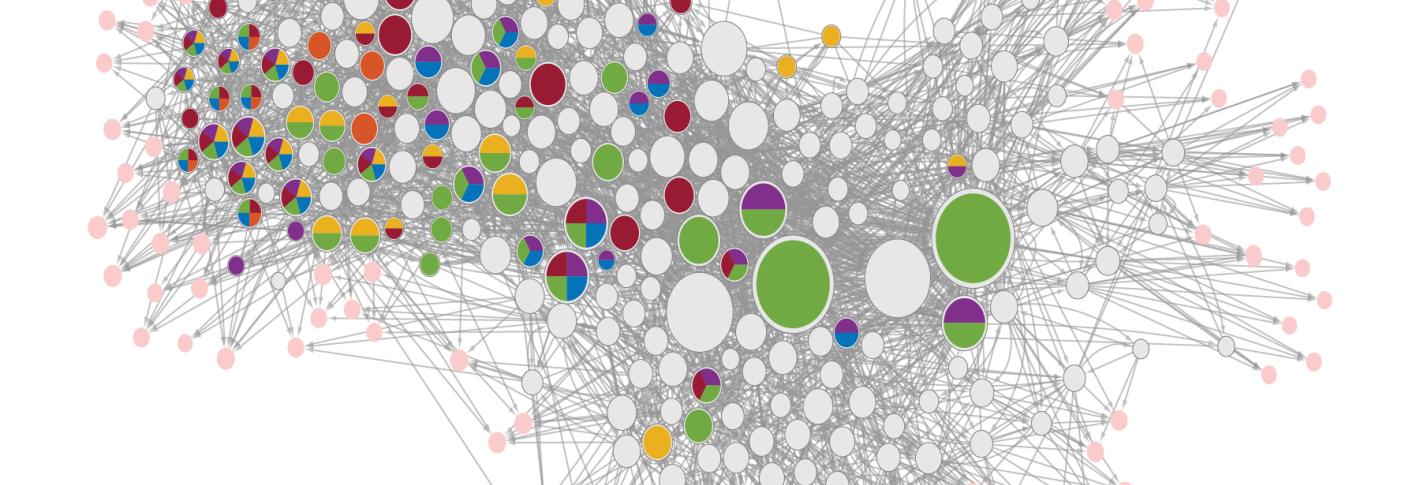Autism symptoms sometimes improve amid fever, so a research team will study how to make that a therapy
With support from The Marcus Foundation, an MIT neuroscientist and a Harvard Medical School immunologist will study the “fever effect” in an effort to devise therapies that mimic its beneficial effects.


